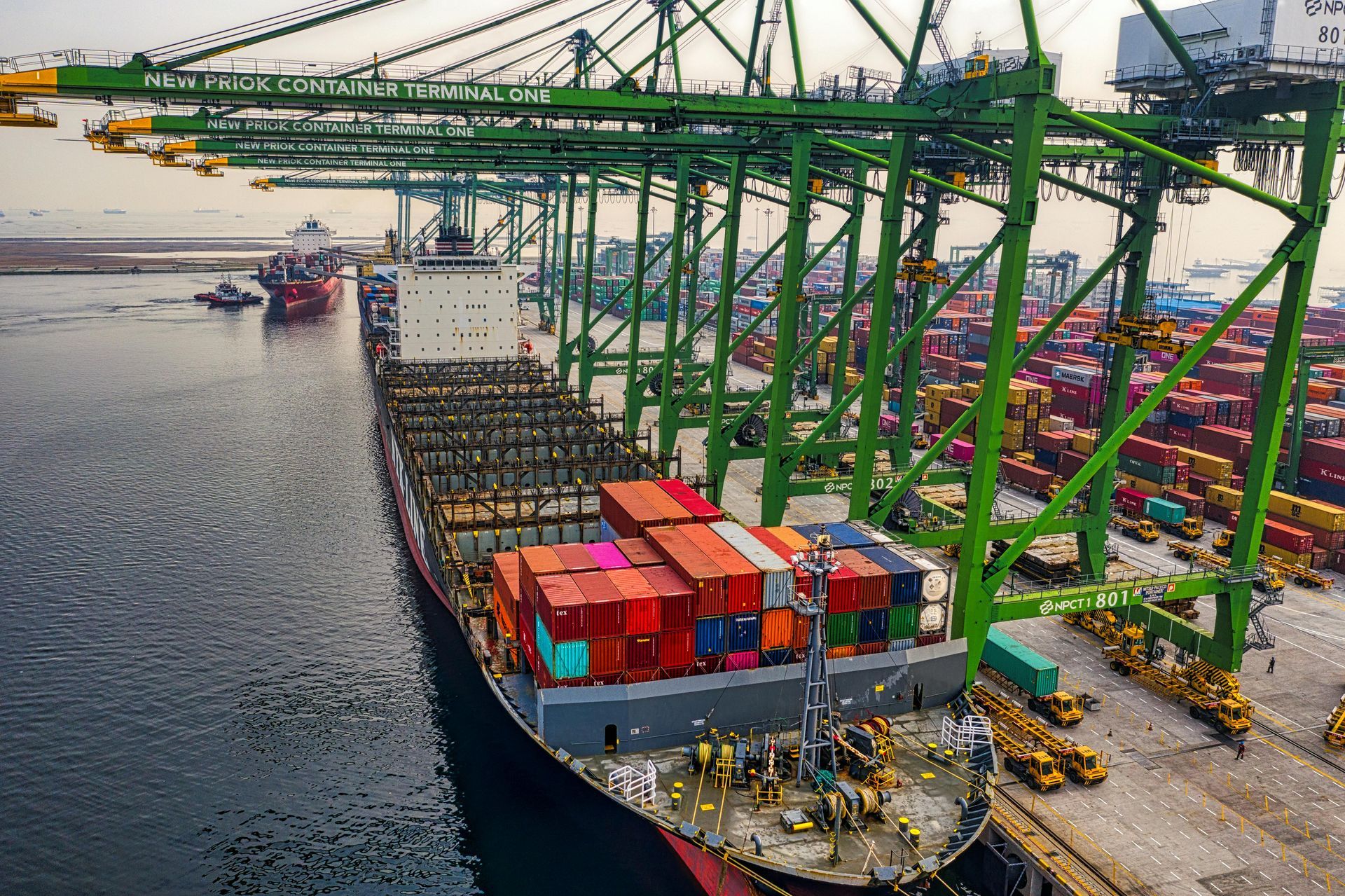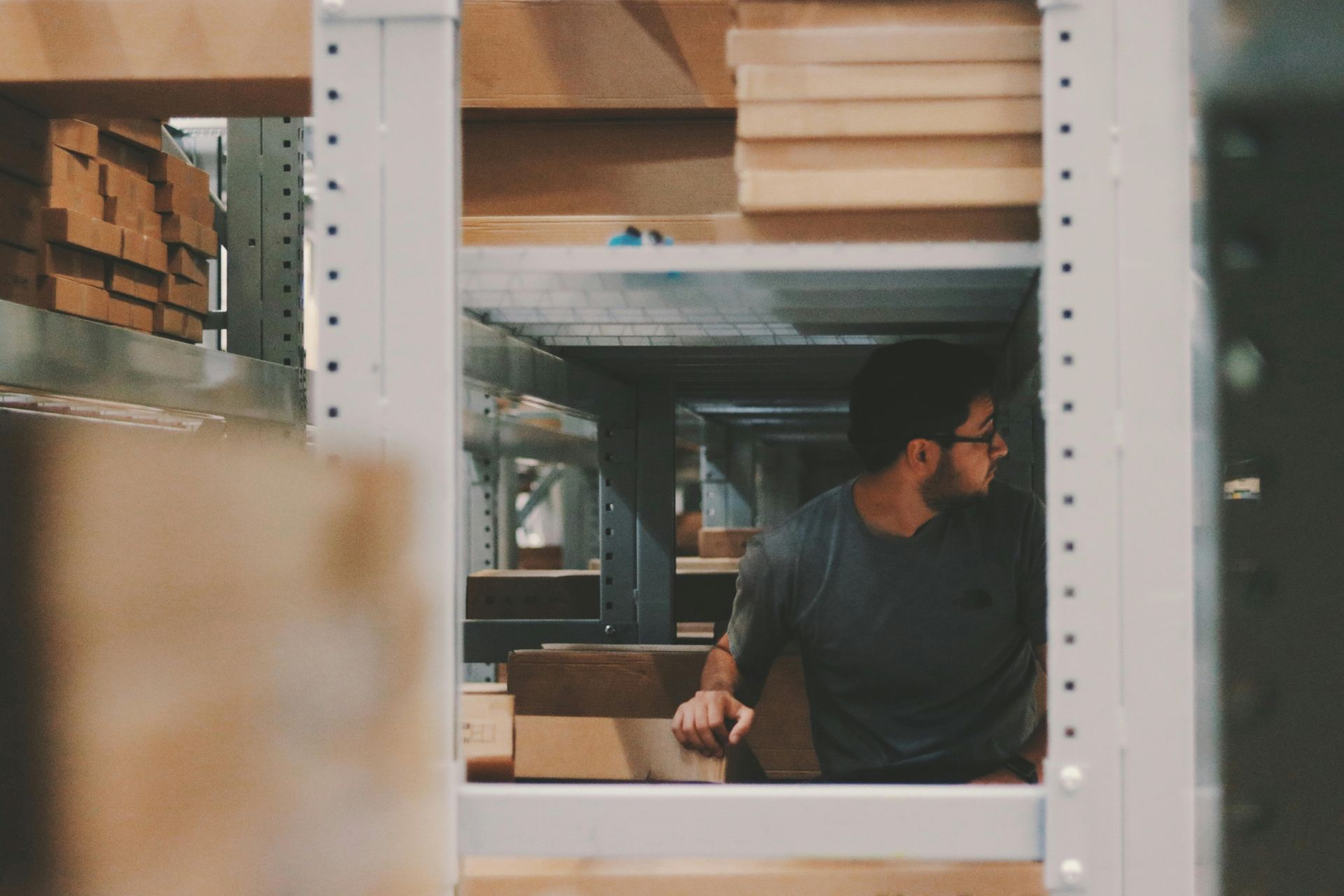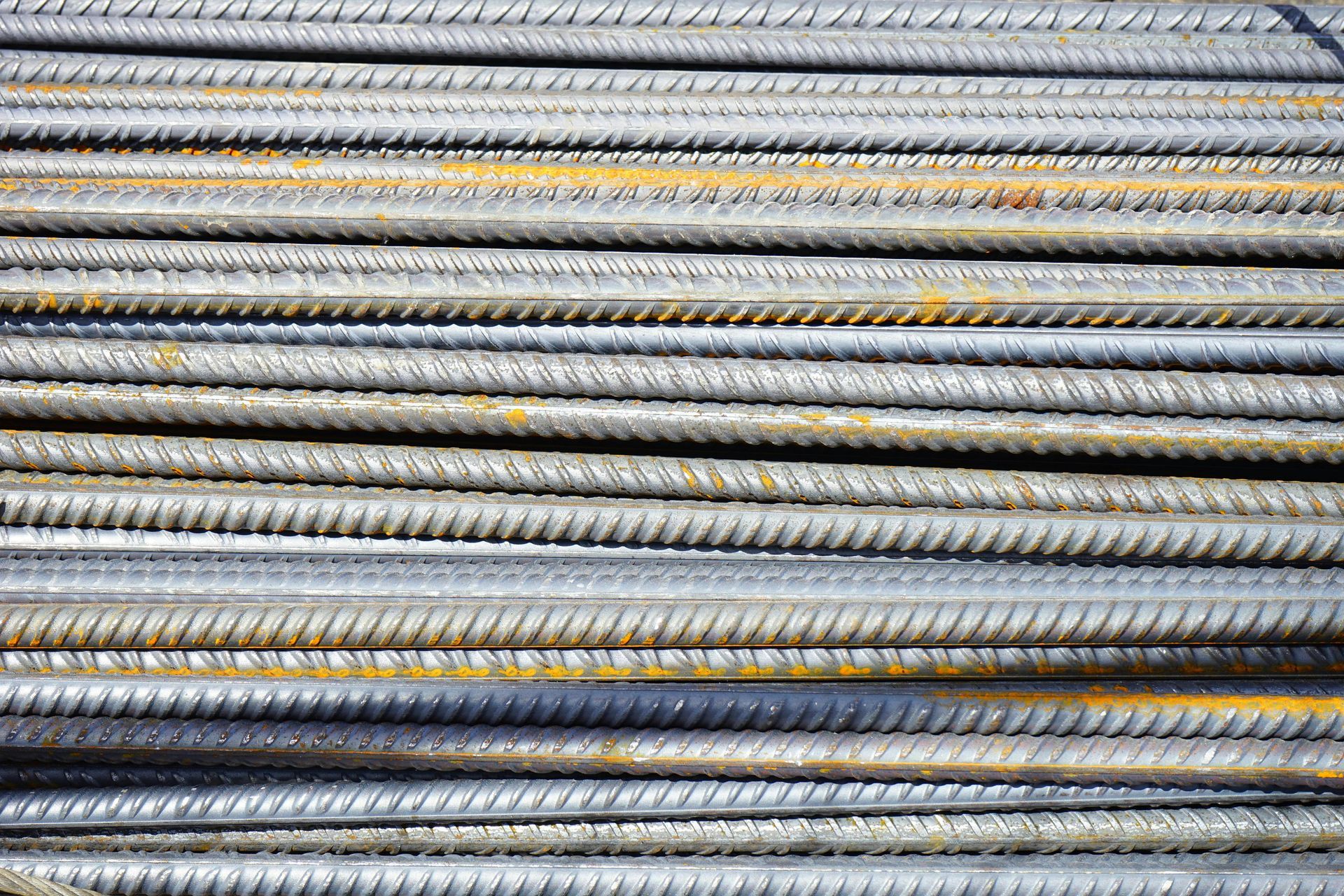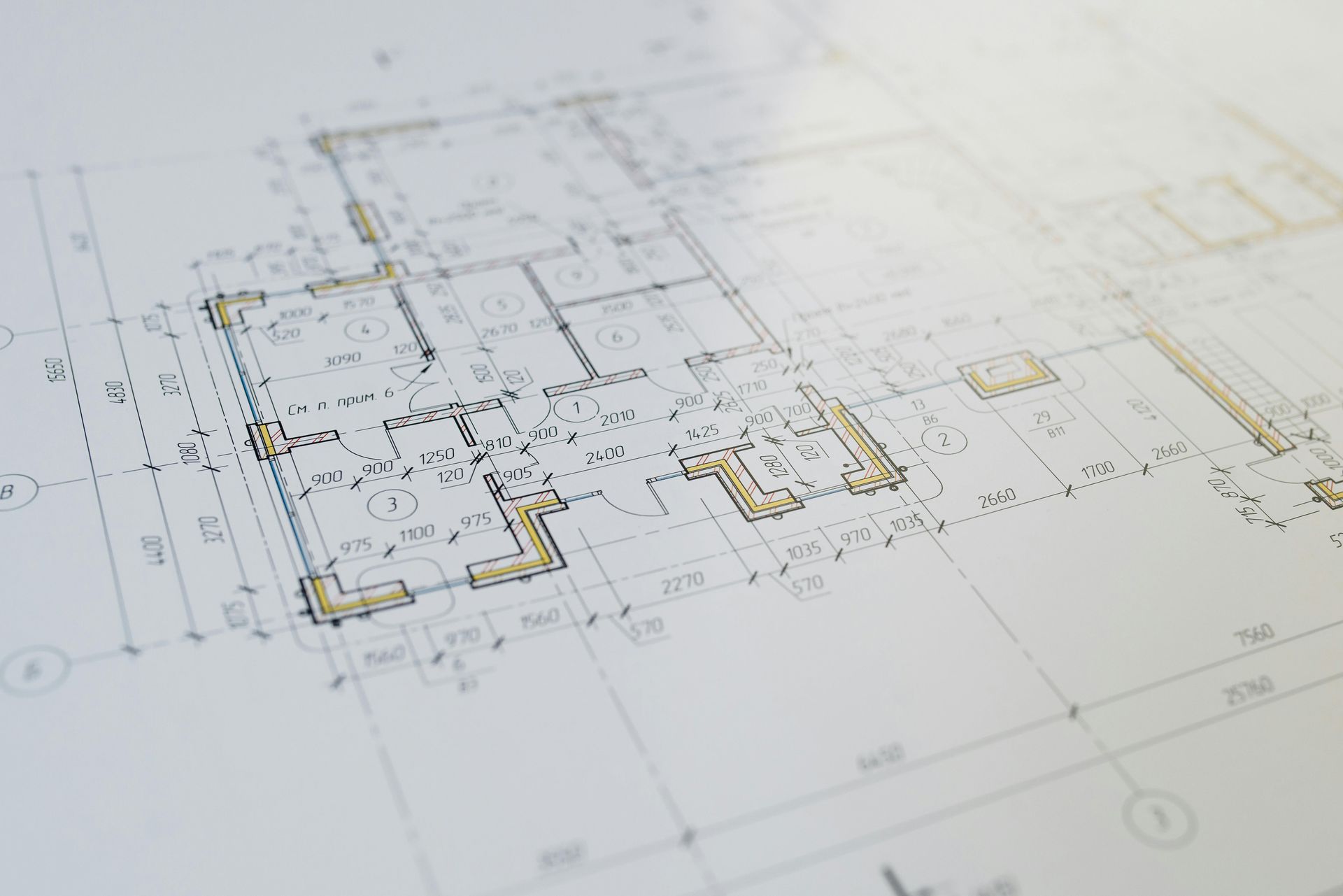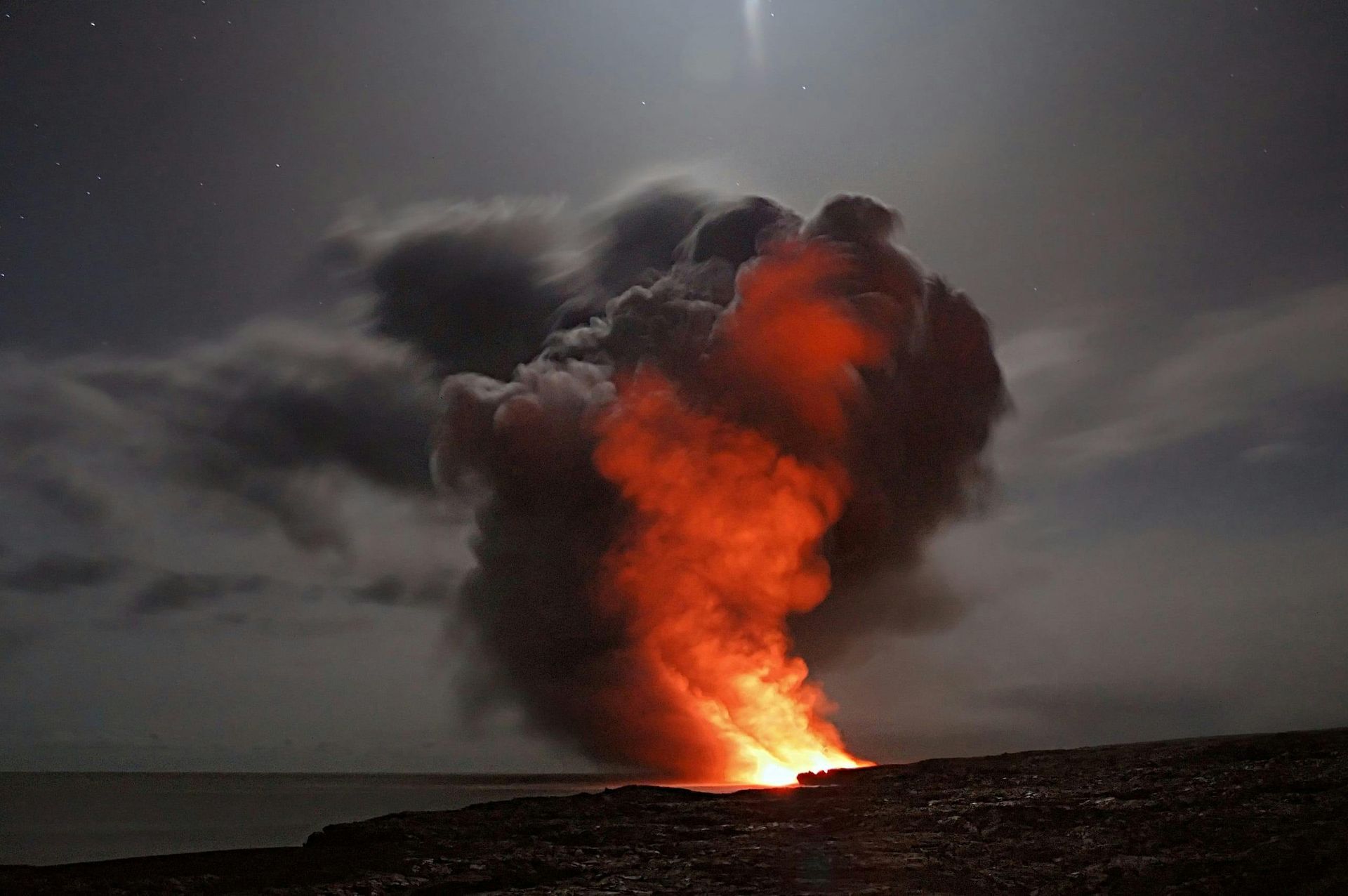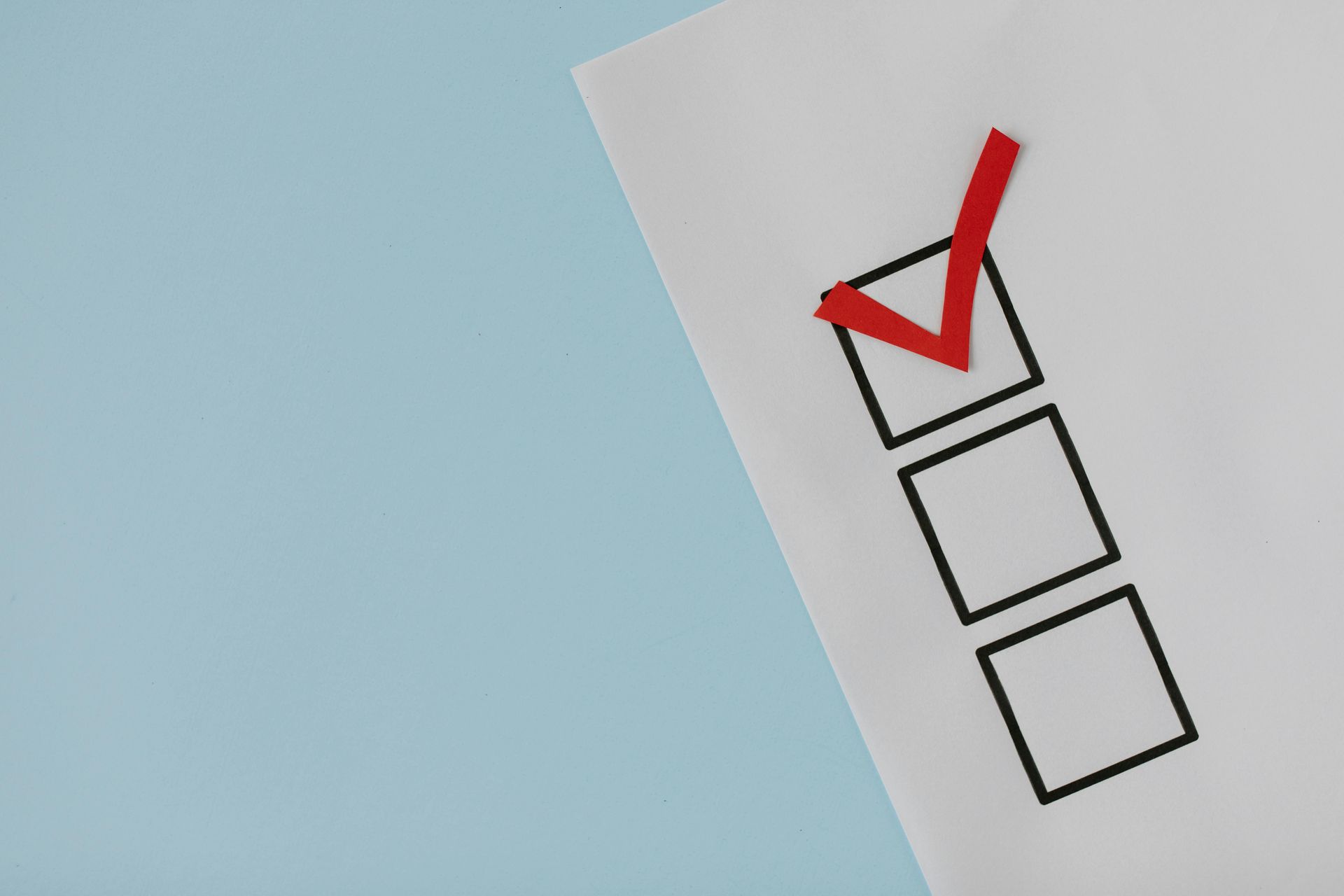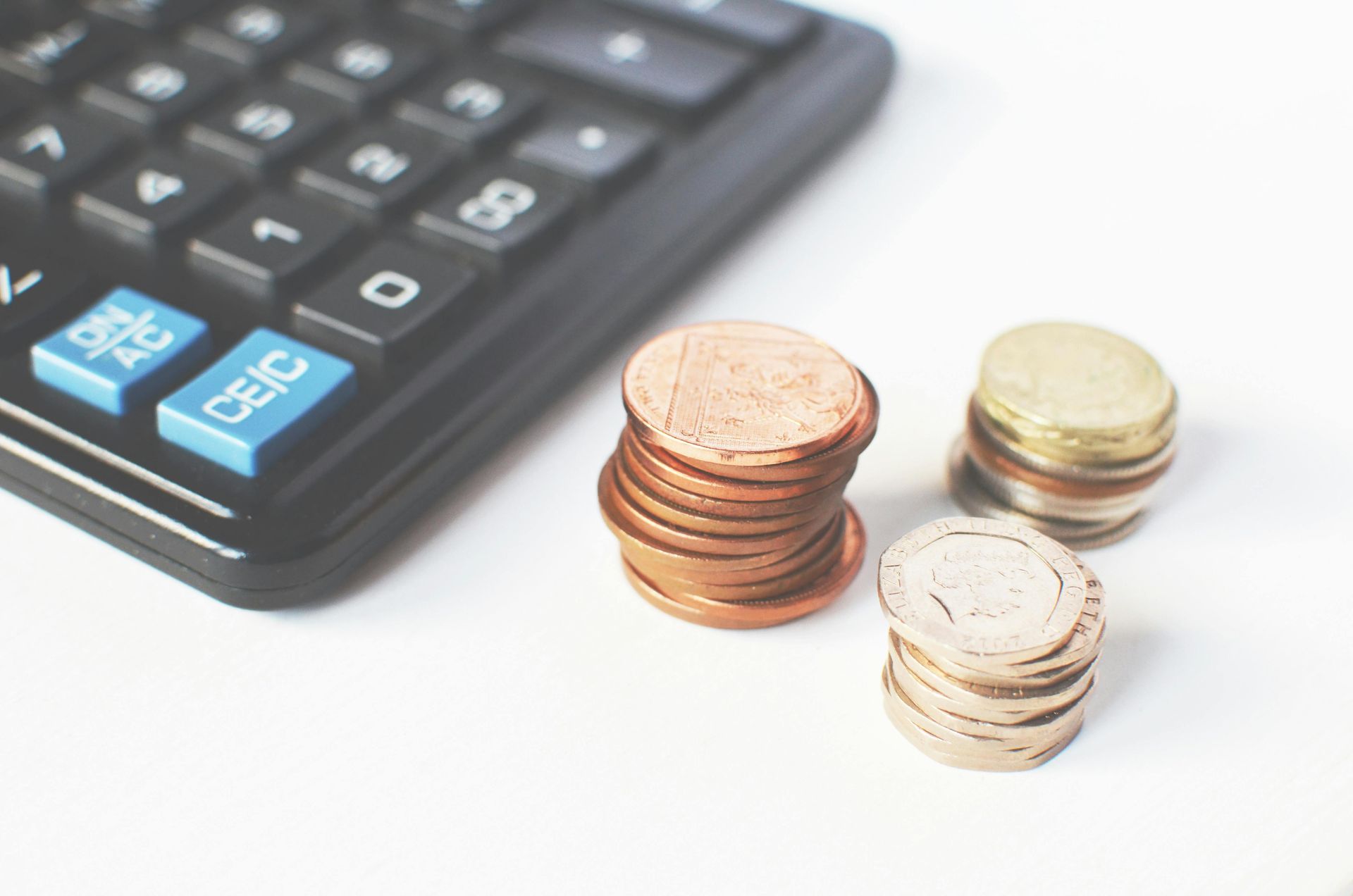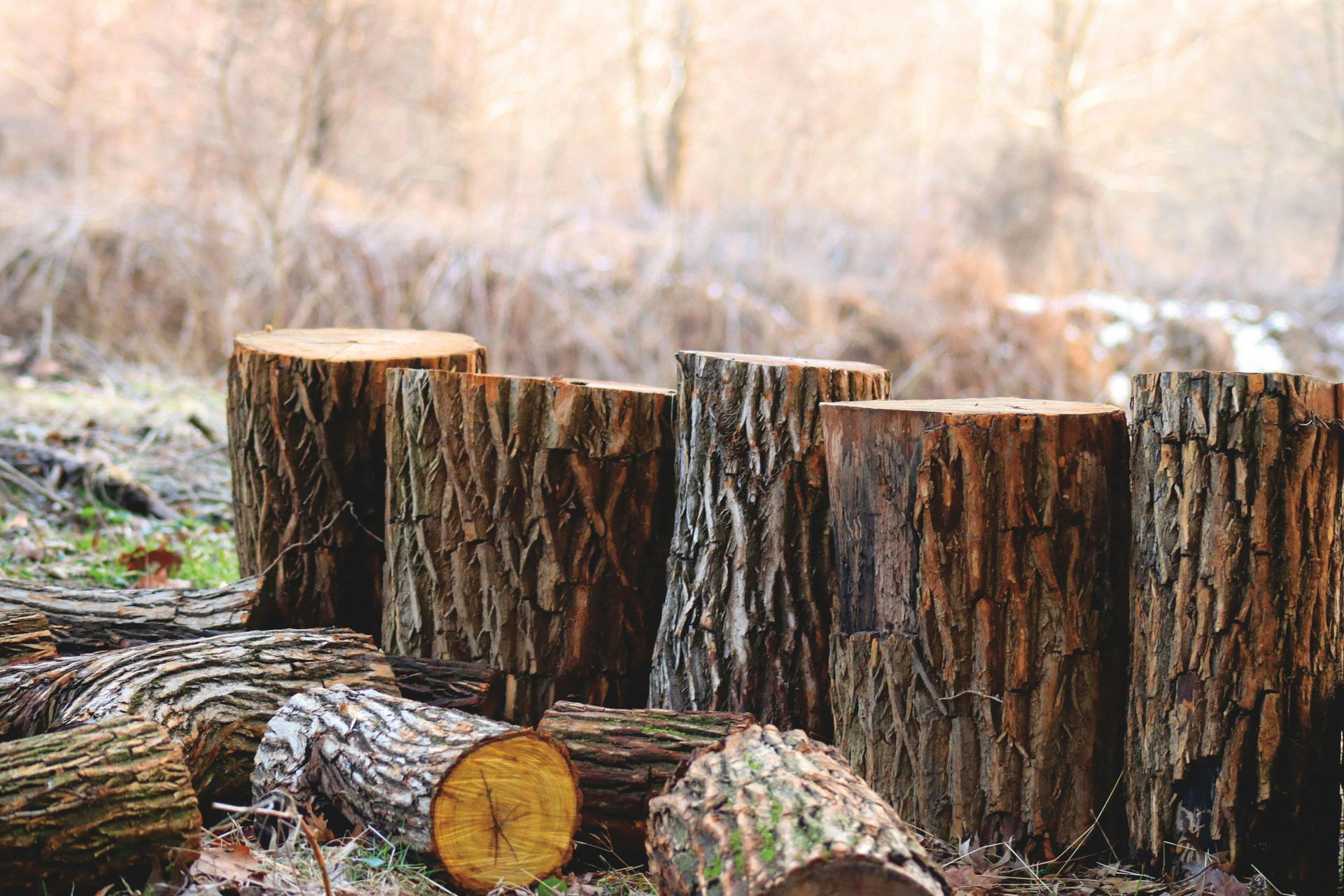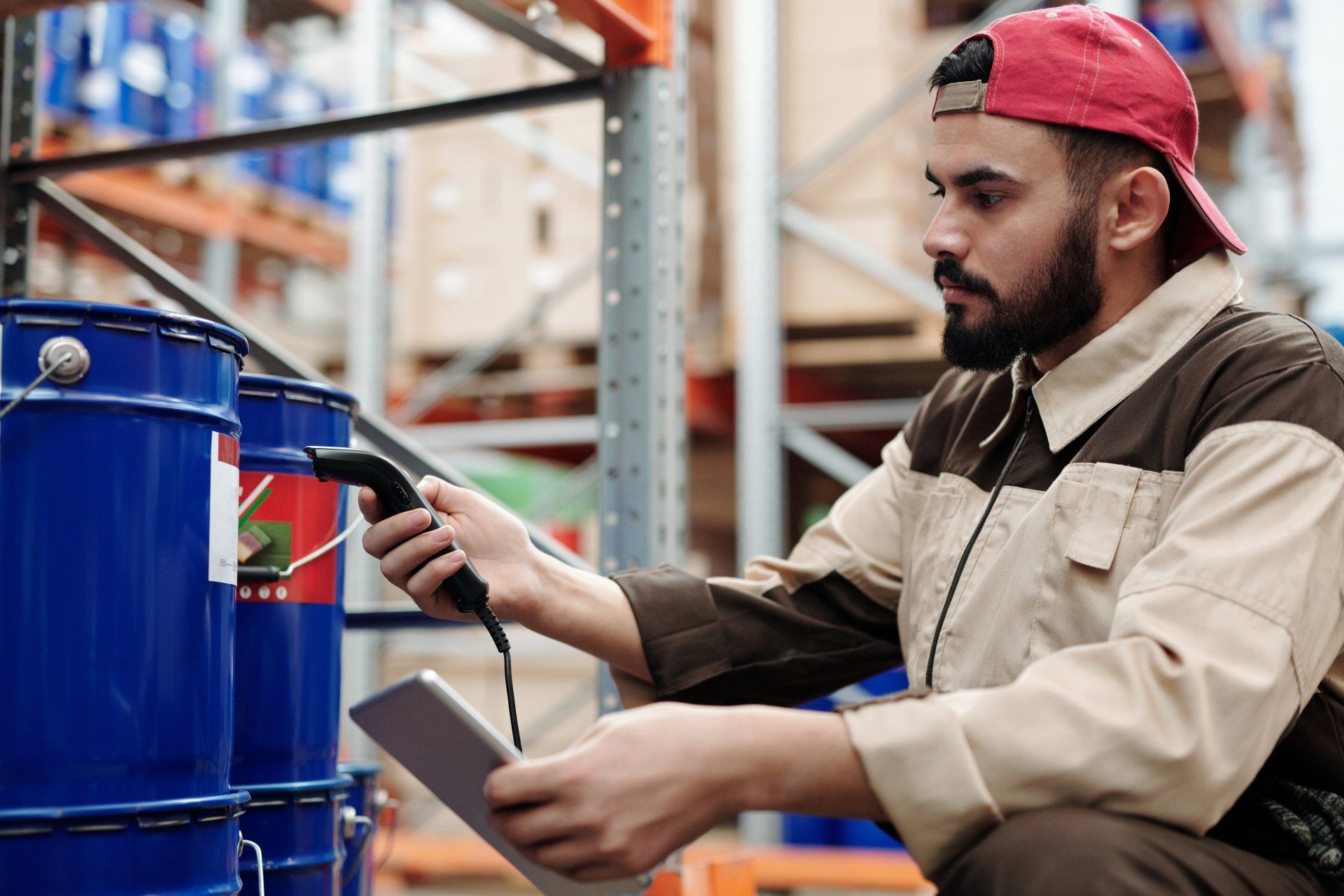The Importance of Location in MDU Living: Finding the Perfect Urban Environment
Location is one of the most critical factors in determining the quality of life for residents of Multiple Dwelling Units (MDUs). As urban populations grow and cities become more densely populated, finding the right location for MDUs has become more important than ever. The ideal location can provide residents with convenient access to amenities, transportation, green spaces, and a vibrant community, enhancing their overall living experience.
In this blog post, we will explore the key aspects that make a location suitable for MDU living and how developers can choose the best sites to create thriving, connected, and desirable urban communities.
Proximity to Public Transportation: Enhancing Connectivity
Access to public transportation is one of the most important factors when considering the location of an MDU. Proximity to transit options such as buses, subways, and light rail systems can significantly enhance the convenience and quality of life for residents.
- Reducing Commute Times: Easy access to public transportation reduces commute times, allowing residents to spend more time enjoying their homes and less time stuck in traffic. This is especially important in urban areas where road congestion is common.
- Encouraging Sustainable Mobility: Living close to public transportation encourages the use of sustainable mobility options, reducing the reliance on personal vehicles. This not only helps residents save on transportation costs but also contributes to reduced carbon emissions and a cleaner environment.
- Accessibility for All: Proximity to public transit makes MDUs accessible to people of all ages and abilities, including those who may not have access to a personal vehicle. This inclusivity is essential for creating vibrant and diverse communities.
- Increased Property Value: Locations with convenient public transportation access tend to see higher property values over time. This is because residents value the convenience and cost savings associated with public transit, making such areas more desirable for long-term investment.
Access to Amenities: Convenience at Your Doorstep
The availability of nearby amenities is a major consideration when selecting a location for an MDU. Residents want easy access to essential services, entertainment, and recreational opportunities.
- Grocery Stores and Retail: Access to grocery stores, supermarkets, and retail outlets is crucial for the convenience of residents. Having these amenities within walking distance allows residents to meet their daily needs without the hassle of long commutes.
- Healthcare Facilities: Proximity to healthcare facilities, such as clinics, pharmacies, and hospitals, is important for ensuring the well-being of residents. Being close to medical services provides peace of mind and quick access in case of emergencies.
- Dining and Entertainment: Living near restaurants, cafes, theaters, and entertainment venues enhances the quality of urban living. Residents can enjoy a vibrant social life with a variety of dining and entertainment options just steps away from their homes.
- Fitness and Recreation: Access to fitness centers, gyms, parks, and recreational facilities promotes an active and healthy lifestyle. Green spaces and walking trails are particularly valuable for residents who want to exercise, relax, or spend time outdoors.
- Educational Institutions: Proximity to quality educational institutions, such as schools, colleges, and daycare centers, is a key consideration for families. Access to good schools makes an MDU location more appealing to families with children, contributing to a more diverse community.
Green Spaces and Outdoor Access: Bringing Nature to Urban Living
Green spaces are essential for creating a balanced and healthy urban environment. The right location for an MDU should provide residents with access to parks, gardens, and outdoor recreational areas.
- Mental and Physical Health Benefits: Access to green spaces has been shown to improve both mental and physical health. Parks and gardens offer residents a place to relax, exercise, and enjoy nature, providing an escape from the hustle and bustle of city life.
- Community Engagement: Green spaces also serve as gathering places for community events, social interactions, and recreational activities. They help foster a sense of community among residents and contribute to a more connected neighborhood.
- Urban Heat Island Mitigation: The presence of green spaces helps mitigate the urban heat island effect by reducing temperatures in densely built areas. Trees and vegetation provide shade and help improve air quality, making the urban environment more livable.
- Pet-Friendly Environments: Many urban residents have pets, and access to green spaces is essential for pet owners. Dog parks and open green areas provide opportunities for pets to exercise and socialize, making the MDU location more attractive to pet owners.
Safety and Security: Ensuring Resident Peace of Mind
Safety is a top priority for residents, and the location of an MDU plays a significant role in determining the overall security of the living environment. Developers should consider crime rates, neighborhood safety, and the availability of security services when selecting a site.
- Low Crime Rates: Choosing a location with low crime rates is essential for providing residents with peace of mind. Safety is a key factor that influences the desirability of a neighborhood and the willingness of potential residents to move in.
- Well-Lit Streets and Public Areas: Well-lit streets, pathways, and public areas contribute to a sense of safety for residents. Adequate lighting deters crime and enhances the walkability of the neighborhood, allowing residents to feel comfortable when walking at night.
- Community Policing and Security Services: Proximity to police stations and the presence of community policing initiatives can enhance the safety of an MDU. In addition, developers can invest in on-site security measures, such as surveillance cameras and controlled access, to further ensure resident safety.
- Safe Walking Routes and Crosswalks: Safe walking routes and well-marked crosswalks are important for ensuring pedestrian safety, especially for families with children and older adults. A neighborhood that prioritizes pedestrian safety is more likely to be seen as a desirable place to live.
Neighborhood Character and Community
The character of the neighborhood and the sense of community are important factors that contribute to the overall living experience in an MDU. A well-chosen location should align with the lifestyle and preferences of the target residents.
- Vibrant and Diverse Communities: A neighborhood with a mix of cultures, backgrounds, and lifestyles creates a vibrant atmosphere that appeals to a wide range of residents. Diversity in the community adds to the richness of urban living and provides residents with opportunities to engage with different perspectives.
- Local Businesses and Markets: Supporting local businesses and markets helps create a sense of community and contributes to the economic growth of the neighborhood. Residents benefit from unique local shops, farmers' markets, and artisanal goods that add character to the area.
- Community Events and Activities: Neighborhoods that host regular community events, such as street fairs, farmers' markets, and cultural festivals, foster a sense of belonging and connection among residents. These events provide opportunities for social interaction and help strengthen community ties.
- Cultural and Recreational Opportunities: Proximity to cultural institutions, such as museums, galleries, and theaters, adds value to an MDU location. Residents can enjoy cultural experiences and recreational activities that enhance their quality of life and contribute to a vibrant community.
Future Development and Growth Potential
When selecting a location for an MDU, developers should also consider the potential for future growth and development in the area. A neighborhood with planned infrastructure improvements and investments is likely to see an increase in property values and desirability.
- Planned Infrastructure Projects: Proximity to planned infrastructure projects, such as new transit lines, schools, and commercial developments, can enhance the attractiveness of an MDU location. These projects often lead to improved services and increased property values over time.
- Economic Opportunities: Areas with growing job markets and economic opportunities are more likely to attract new residents. Proximity to business districts, tech hubs, and employment centers makes an MDU location more desirable for working professionals and families.
- Long-Term Sustainability: Developers should consider the long-term sustainability of the neighborhood, including plans for green initiatives, environmental conservation, and resilience to climate change. Sustainable neighborhoods are likely to remain attractive to residents and maintain their value over time.
- Potential for Mixed-Use Development: Locations with the potential for mixed-use development, combining residential, commercial, and retail spaces, offer greater convenience and create vibrant urban environments. Mixed-use developments provide residents with easy access to services and amenities, making the neighborhood more attractive.
Finding the Perfect Location for MDU Living
The location of an MDU is a critical factor that influences the quality of life for residents. By choosing locations that offer convenient access to public transportation, amenities, green spaces, safety, vibrant communities, and future growth potential, developers can create MDUs that meet the evolving needs of urban residents.
A well-chosen location enhances the desirability of an MDU, providing residents with a connected, comfortable, and fulfilling urban lifestyle. As cities continue to grow, thoughtful consideration of location will be key to creating MDUs that offer the best possible living experience, ensuring that residents feel at home in the heart of the urban environment.
Ultimately, the right location is about more than just convenience—it’s about creating a sense of place, fostering community, and providing residents with the opportunity to thrive. By focusing on location, developers can build MDUs that contribute to the overall health, happiness, and sustainability of urban communities.
A successful MDU development is one that not only meets the practical needs of its residents but also enhances their overall quality of life. By carefully considering the factors that make a location truly ideal, developers can create urban environments that foster well-being, community, and long-term value for residents.
